Blog
Stay in the know with information from the workwear industry. Keeping you up to date with the latest workwear developments & releases.
Why a Black Waterproof Bomber Jacket Is an Essential Piece of Workwear
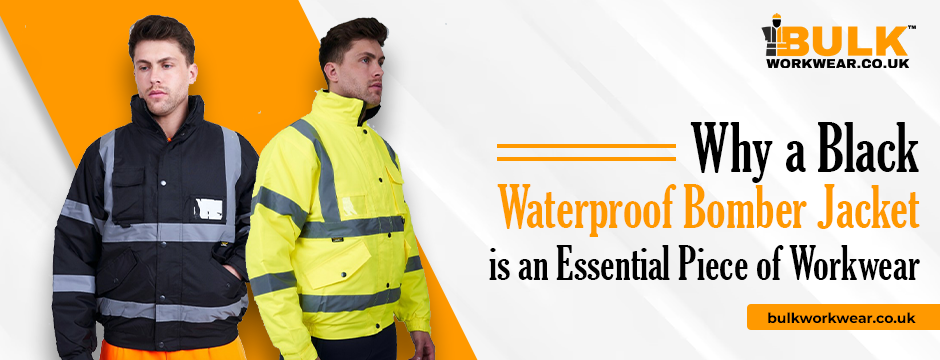
When your job is done in challenging conditions where weather, safety, and visibility are as important as comfort, your top layer can be the difference between success and failure. That's why the black waterproof bomber jacket has become an essential piece of contemporary workwear. It's not simply about dressing the part—this jacket offers consistent performance in terms of functionality, durability, and day-long comfort.
At Bulkworkwear, we think great gear makes you smarter and safer at work. And for facing tough conditions, nothing beats the performance and flexibility of a good waterproof black bomber jacket.
Why Polo Shirts Are the Perfect Blend of Comfort and Professionalism for Workwear
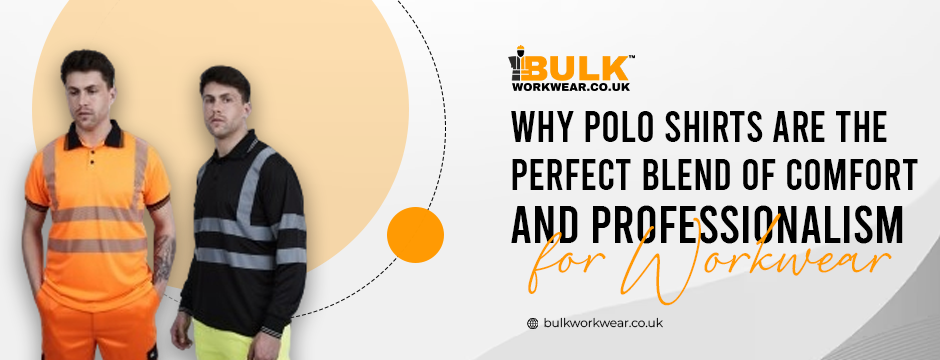
When it comes to maintaining a professional and neat appearance in the office, the attire is of greatest significance. Blending being comfortable and having a corporate look is difficult—particularly in busy work environments where employees must be moving around, feel comfortable, and look presentable all day. That is where polo shirts excel.
Why High Vis Workwear Is Essential for Workplace Safety

When it is a question of remaining visible in the workplace, nothing substitutes for being seen. Whether you work on a construction site, are directing traffic, or working out of a warehouse, visibility can be the difference between safety and severe harm. That is where high vis workwear enters — an integral element of personal protective equipment (PPE) which enables us to be seen, safeguarded, and ready.
Steel toe cap boots
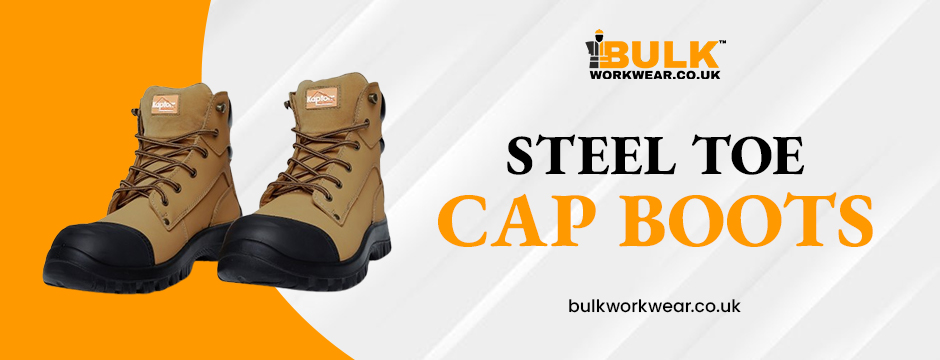
Safety at the workplace is of utmost concern in practically all industries, especially in the manufacturing, construction, and heavy-labor settings. If people are trained correctly on how to work with proper protective gear, accidents will be reduced and productivity improved. Steel-toe cap boots are among the most important safety items required for workers working under hazardous conditions.
Steel toe cap boots are built to protect the feet against impact, compression, or penetration from sharp objects while being the most durable and comfortable footwear available. This blog will address why toe cap boots are essential, the advantages they provides, and how it acts as a means of enhancing the safe working environment.
Top Features of Kapton SBP SR Steel Toe Work Boots – Slip-Resistant, Lightweight, Black You Need to Know
When working in tough environments, the right footwear can make all the difference. Whether you’re on a construction site, in a warehouse, or handling industrial tasks, safety and comfort should be your top priority. That’s where Kapton SBP SR Steel Toe Work Boots – Slip-Resistant, Lightweight, Black come in. Designed for durability, protection, and all-day wear, these boots offer an unbeatable combination of features that keep your feet secure and comfortable. From an impact protection steel toe cap to a lightweight action leather build, these boots don't only get the job done—these boots do it better. Let's explore the best features that make them a professional necessity.
Why Kapton SBP SR Steel Toe Work Boots - Slip-Resistant, Lightweight, Tan Brown Are the Ultimate Choice for Safety and Comfort
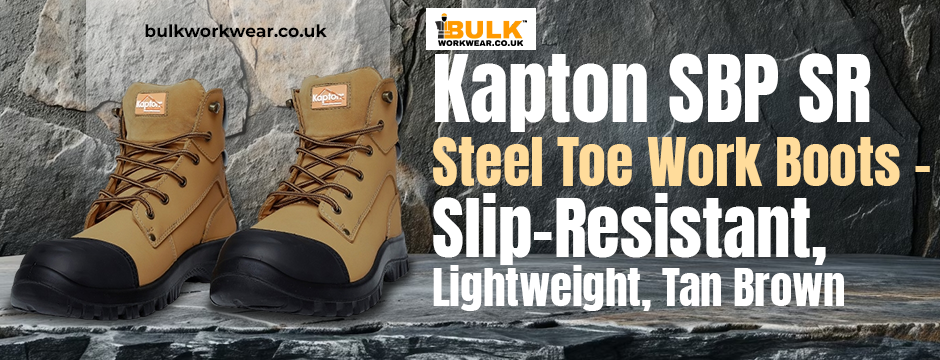
The appropriate work boots have the potential to make all the difference in being safe, comfortable, and long-lasting throughout the workday. Kapton SBP SR Steel Toe Work Boots are engineered to withstand the harshest demands, providing high-quality protection and day-long support. Whether working on a building site, a warehouse, or industrial tasks, these boots ensure the dependability you require.
Explore Best Safety Boots for Your Ultimate Protection in Workplace
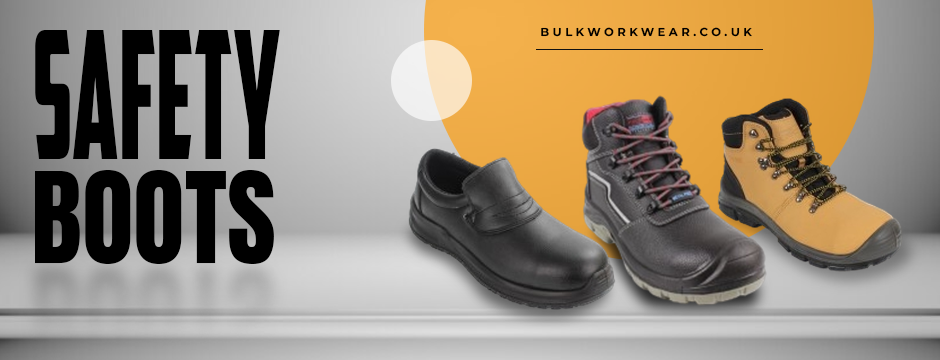
If it's all about workplace safety, you need the right gear. The most important safety gear that you need is a proper pair of safety boots. If you're working in construction, a factory, or any other such high-risk industry, spending on quality assurance safety protection boots can prevent accidents and make you comfortable for long hours. With technology on the horizon, advanced footwear technology is producing boots that are even more robust, slip-proof, and comfortable.
Finding the Right Fit: A Guide to Selecting Workwear Polo Shirts
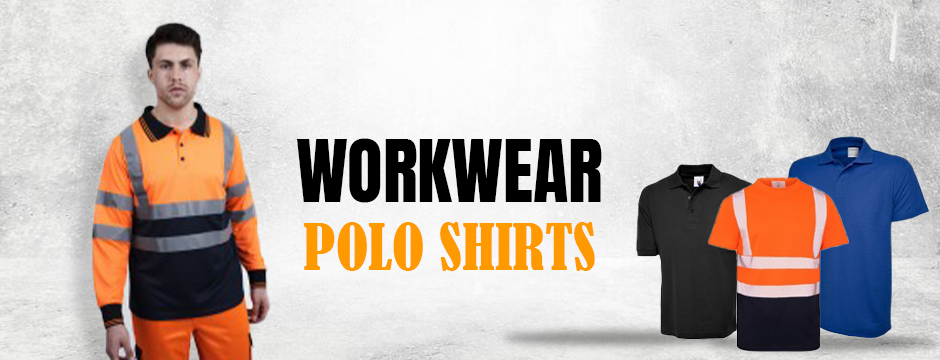
Among professional attires, workwear polo shirts top the lists of numerous employees in the workplace. These polo shirts provide comfort with style, making them the perfect garment for both work and relaxation. Whether you seek the traditional look of a black polo, an attention-grabbing red polo, or maybe one that enhances safety through visibility, choosing a comfortable fit does matter. Let us guide you to find that workwear polo that would definitely fit right in terms of providing comfort during those long work hours.
How High Visibility Clothing Enhances Safety for Outdoor Workers
In various
industries, particularly those involving outdoor work, safety is a paramount
concern. One of the most effective and essential tools for ensuring worker
safety is high visibility clothing. This type of protective wear
is designed to make the wearer more noticeable, thereby reducing the risk of
accidents and injuries. Whether you're working on a busy road, a construction
site, or in low-light conditions, high-visibility clothing plays a crucial role
in keeping outdoor workers safe.
Compliance Checklist for Employers: Ensuring All Staff Wear Hi-Vis Gear

Employers have a legal responsibility to ensure that workers are provided with the appropriate personal protective equipment (PPE), including high-visibility gear. A compliance checklist helps employers guarantee that all staff are wearing hi-vis clothing when necessary, particularly in high-risk environments.
This checklist should include guidelines for choosing the right Class of hi-vis gear based on the job role, ensuring the clothing meets EN ISO 20471 standards, and conducting regular inspections to confirm that reflective strips are still effective. By maintaining a thorough checklist, employers can ensure workplace safety and compliance with legal requirements.
